Search
Remove Ads
Advertisement
Summary 
Loading AI-generated summary based on World History Encyclopedia articles ...
Search Results
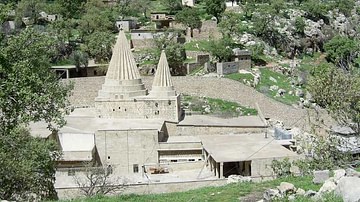
Definition
Yazidism
Yazidism is a syncretic, monotheistic religion practiced by the Yazidis, an ethnoreligious group which resides primarily in northern Iraq, northern Syria, and southeastern Turkey. Yazidism is considered by its adherents to be the oldest religion...
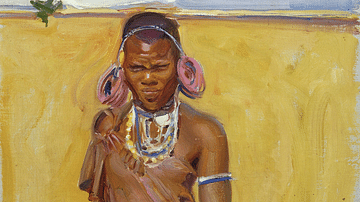
Definition
Kikuyu People
The Kikuyu people (aka Gikuyu or Agikuyu) are a Bantu-speaking people who occupied territory in what is today central Kenya in East Africa from the 17th century onwards. They established themselves primarily as agriculturalists around Mount...
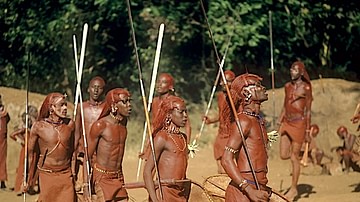
Definition
Maasai People
The Maasai (or Masai) people are an East African tribe who today principally occupy the territory of southern Kenya and northern Tanzania, and who speak the language of the same name. The Nilo-Saharan Maasai migrated southwards to that region...
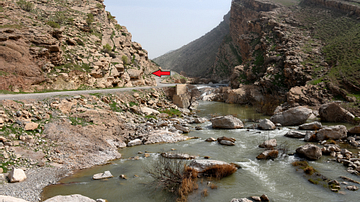
Article
The Lullubian Rock Relief of Darband-i Basara
History doesn't repeat itself, but it does rhyme. (Mark Twain) Darband-i Basara (the Pass of Basara) is a narrow natural gorge which transects the anticlines of the upper part of the Qaradagh Mountain Range. The elevation is about 605 meters...
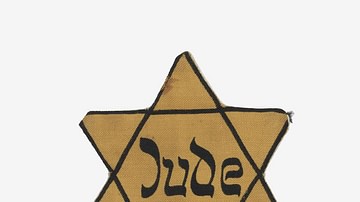
Article
Why Did Hitler Hate Jewish People?
The leader of Nazi Germany Adolf Hitler (1889-1945) identified Jewish people as enemies of the state, presenting them through relentless propaganda as responsible for Germany's economic and cultural decline. Basing this propaganda on White...

Collection
The Civilizations of the Near East, The People of Mesopotamia
This collection focuses on providing supplementary materials to students who want to enhance their school history studies and to teachers who want a more concise coverage of each lesson that they deliver. This chapter examines the economic...

Article
Madhubani Paintings: People’s Living Cultural Heritage
Mithila, a region in the state of Bihar, northern India (and also stretching into Nepal), has an important tradition of knowledge in the form of paintings. Madhubani paintings (also known as Mithila paintings) have been practised by the women...
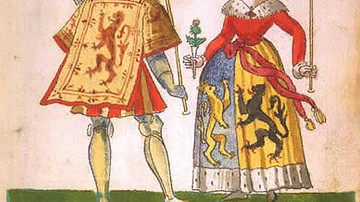
Interview
Interview: Scotland & the Flemish People
The Flemish are among the most important and perhaps the most underappreciated immigrant groups to have shaped the history of medieval and early modern Scotland. They came to Scotland as soldiers and settlers, traders and artisans, diplomats...
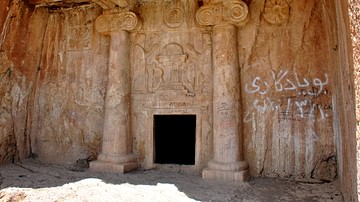
Article
The Rock-Cut Tombs of Qizqapan, Iraqi Kurdistan: Median or Achaemenid?
O Creator of the material world, at what distance from the holy man (should the place for the dead body be)?" Ahura Mazda replied: "Three paces from the holy man". (Vend. 8. 6-7) In September 2009 CE, one of my relatives suggested that we...
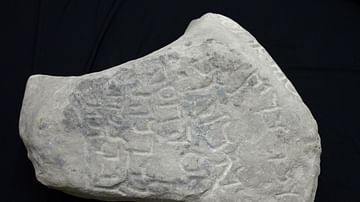
Article
Never Seen: The Trace of a Jewish Spirit from Mesopotamia
The Story Begins from a Dead End August 25, 2015 was a very hot day of summer but its omen was a very promising one! That day, I was with my friend, Mr. Hashim Hama Abdulla, director of the Sulaymaniyah Museum in Iraq, walking in the main...